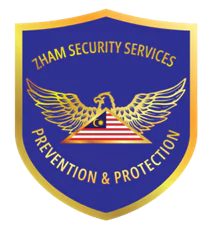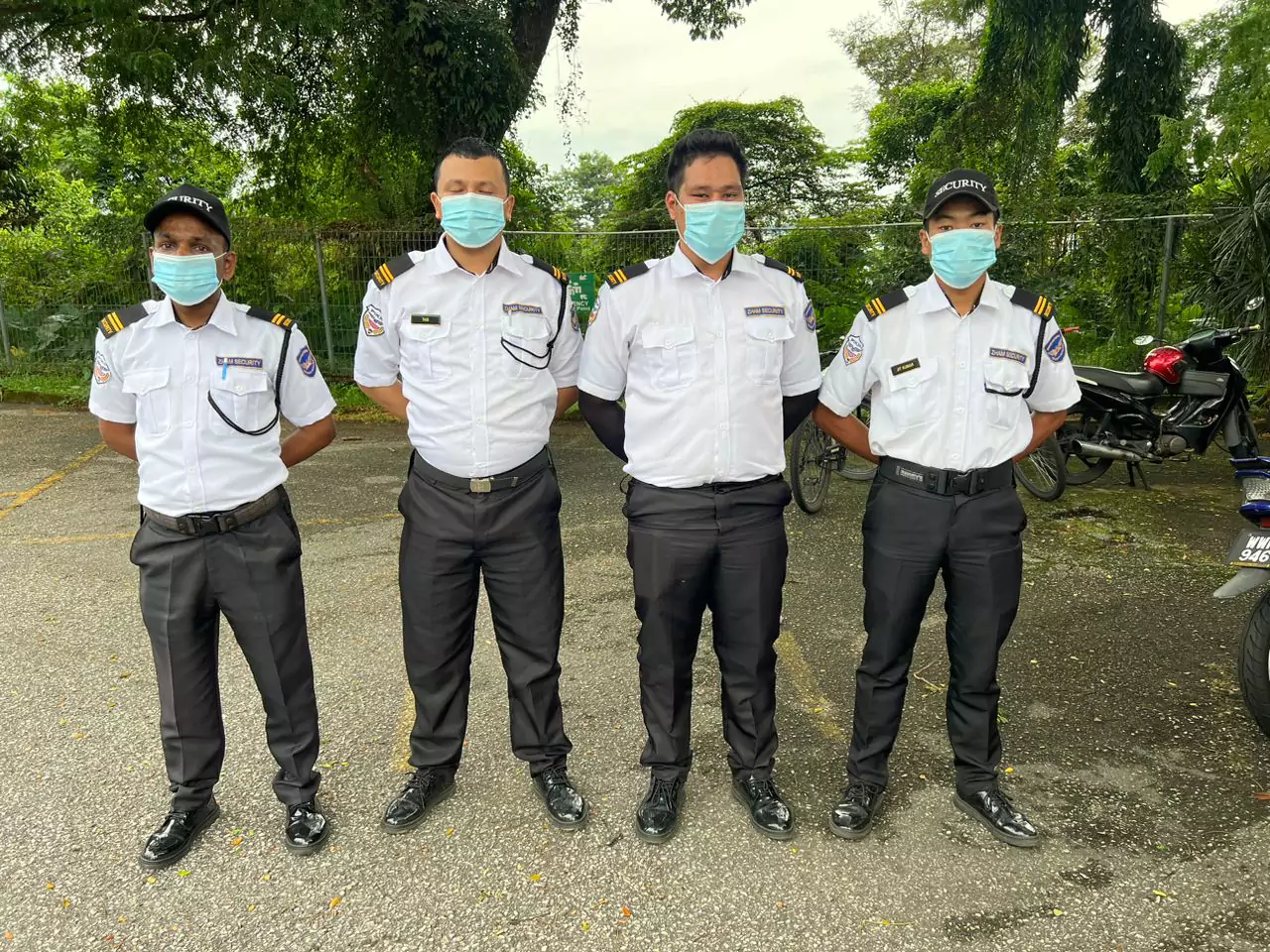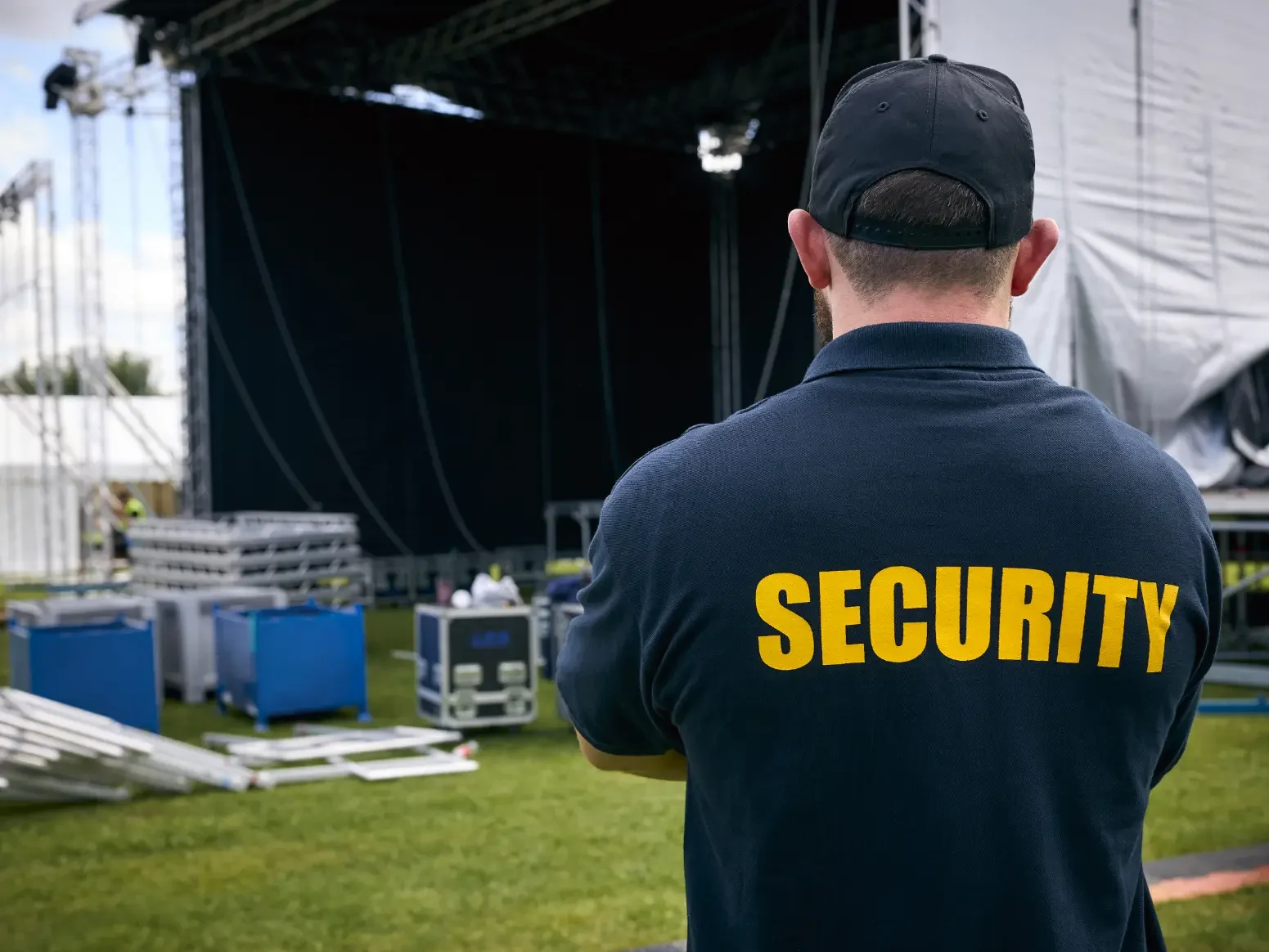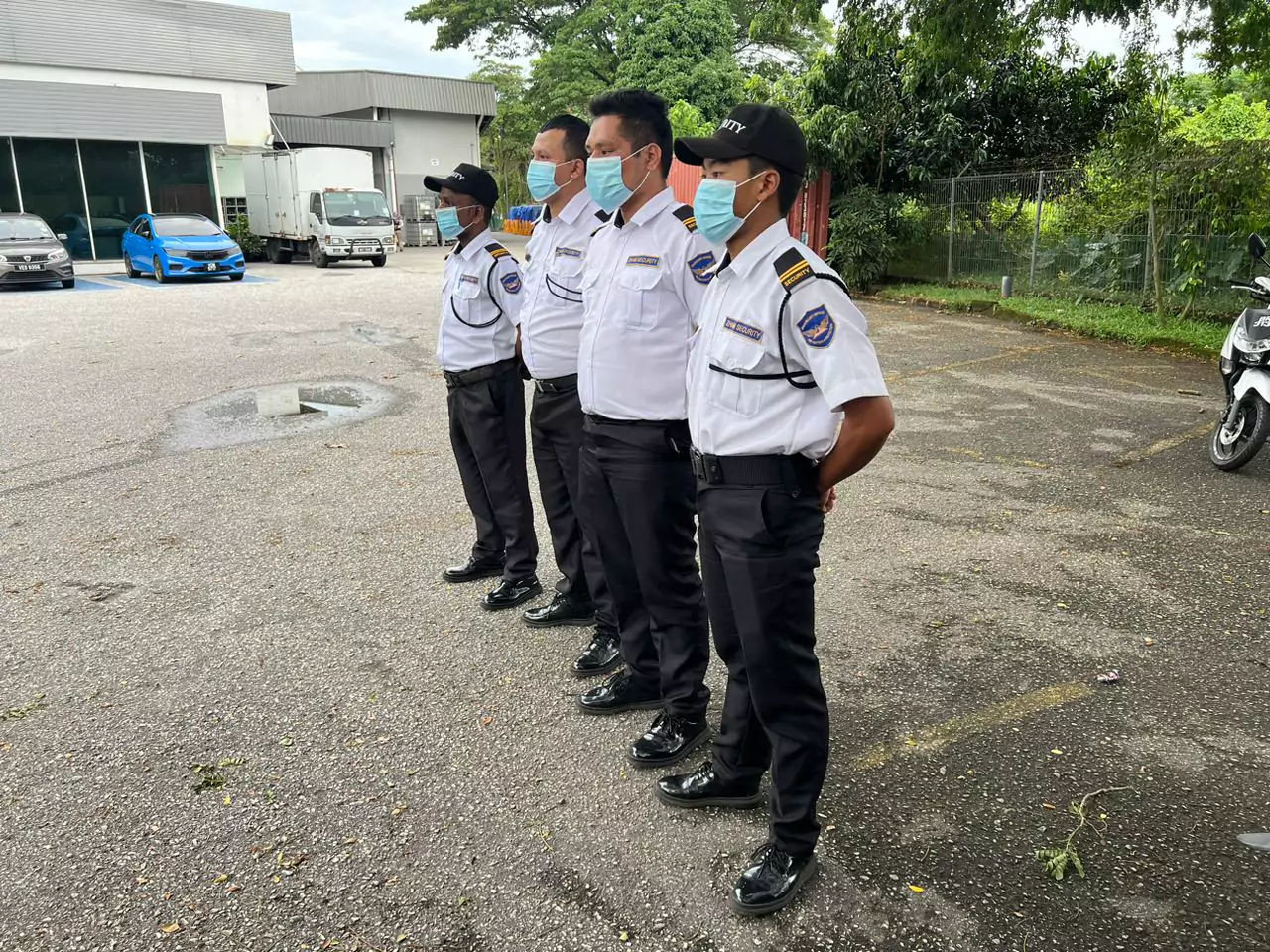







Security guards are responsible for:
a. Conducting regular patrols of the premises.
b. Monitoring surveillance equipment, including CCTV cameras.
c. Controlling access to the facility.
d. Responding promptly to incidents and emergencies.
e. Reporting any security breaches, incidents, or suspicious activities.
All security guards must adhere to the following uniform and appearance standards:
a. Wear the designated uniform provided by the facility.
b. Maintain a neat and professional appearance at all times.
c. Display identification badges prominently.
Access control procedures include:
a. Verifying the identity of individuals entering the facility.
b. Issuing visitor badges and maintaining visitor logs.
c. Screening bags and belongings as necessary.
d. Monitoring access points and securing entry and exit doors.
Patrol procedures involve:
a. Conducting regular patrols of all areas within the facility, including parking lots, entrances, and perimeters.
b. Documenting patrol activities and any observed irregularities.
c. Checking for signs of unauthorized entry or suspicious activity.
In the event of an emergency, security guards must:
a. Follow emergency response protocols outlined in the facility's Emergency Response Plan.
b. Alert appropriate authorities, including the police and emergency services,
as needed.
c. Assist with evacuations and provide support to facility occupants.
Effective communication is essential, including:
a. Using two-way radios or communication devices provided by the facility.
b. Maintaining clear and concise communication with colleagues and supervisors.
c. Reporting incidents and emergencies promptly and accurately.
Security guards are required to:
a. Complete incident reports for any security-related incidents or breaches.
b. Provide detailed information, including the date, time, location, and description of the incident.
c. Submit reports to the designated supervisor or security manager.
Security guards must adhere to the following guidelines regarding the use of force:
a. Use force only as a last resort and in accordance with applicable laws and regulations.
b. Employ de-escalation techniques to resolve conflicts peacefully whenever possible.
c. Report any use of force incidents immediately to the security manager.
Conflict resolution strategies include:
a. De-escalating conflicts and disputes using verbal communication techniques.
b. Seeking assistance from supervisors or law enforcement when necessary.
c. Maintaining professionalism and impartiality at all times.
Security guards are responsible for:
a. Properly using and maintaining security equipment, including CCTV cameras, alarms, and access control systems.
b. Conducting regular checks to ensure equipment functionality.
c. Reporting any equipment malfunctions or issues to the designated supervisor.
Security guards must complete the following training:
a. Initial security guard training as required by Malaysian law.
b. Ongoing training on security procedures, emergency response, and relevant laws and regulations.
c. Certification in first aid and CPR (Cardiopulmonary Resuscitation).
All security-related activities must be documented, including:
a. Incident reports.
b. Patrol logs.
c. Training records.
d. Equipment maintenance logs.
e. Visitor logs.
This SOP will be reviewed and revised as necessary to ensure compliance with regulations and alignment with organizational goals. Any updates or revisions will be communicated to all security personnel.
